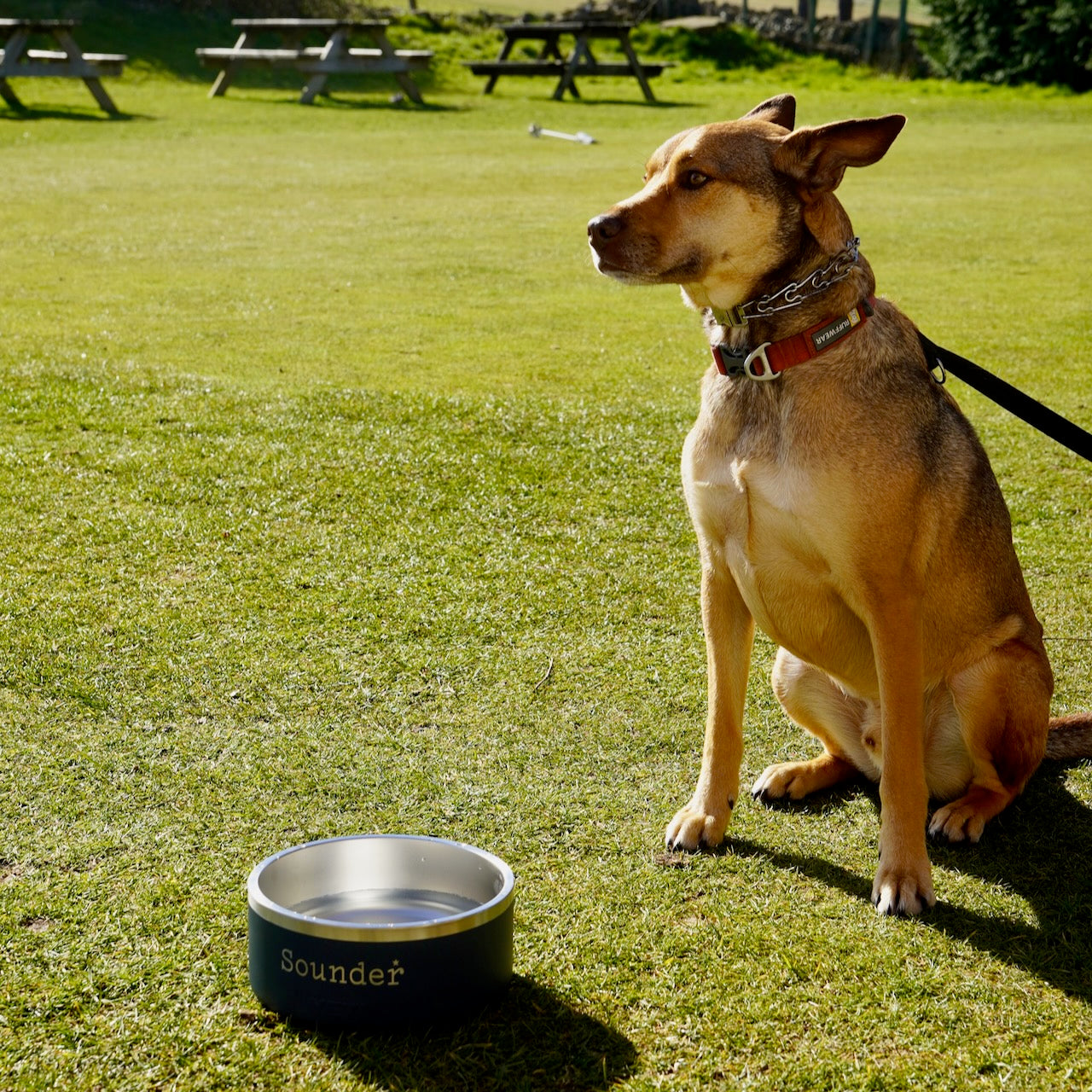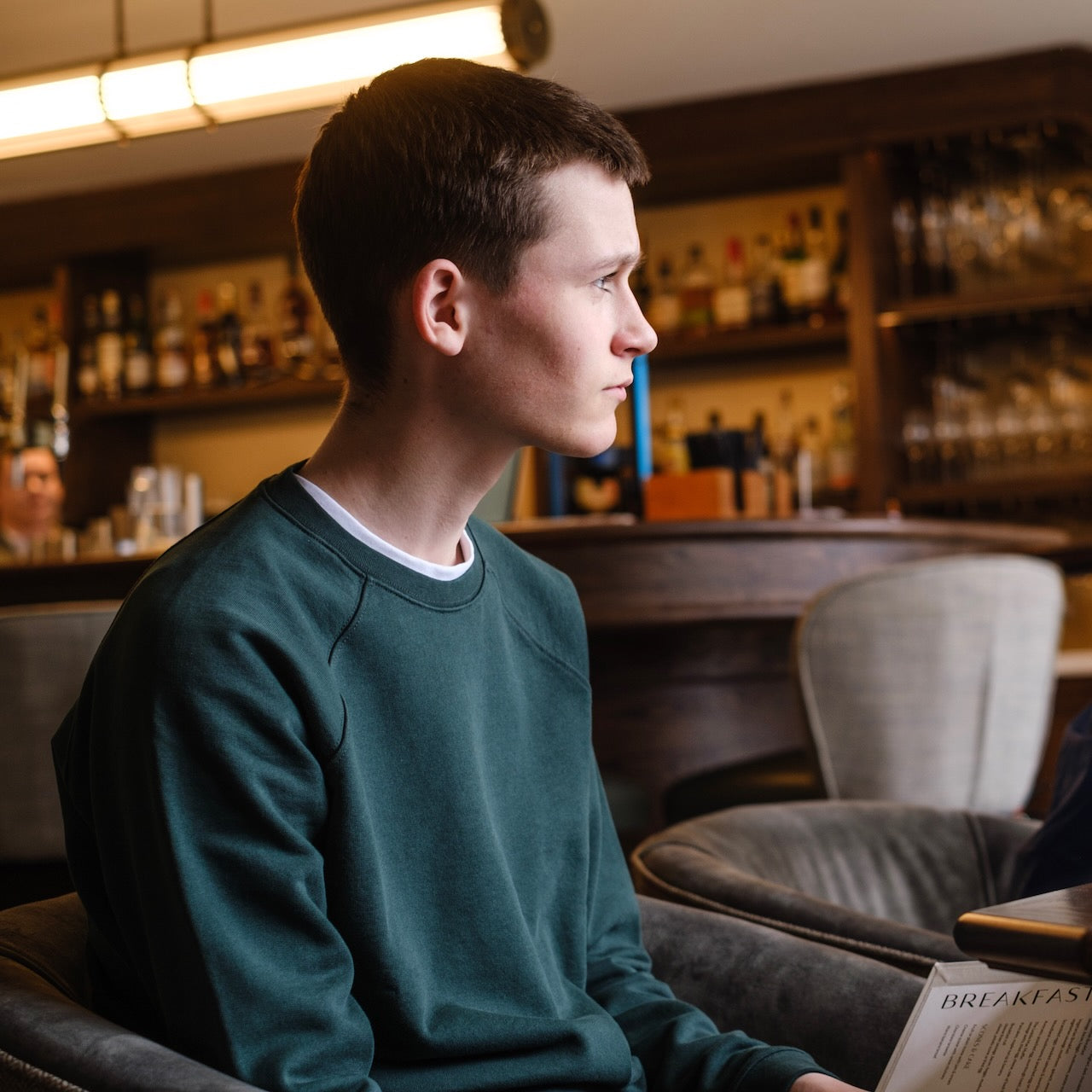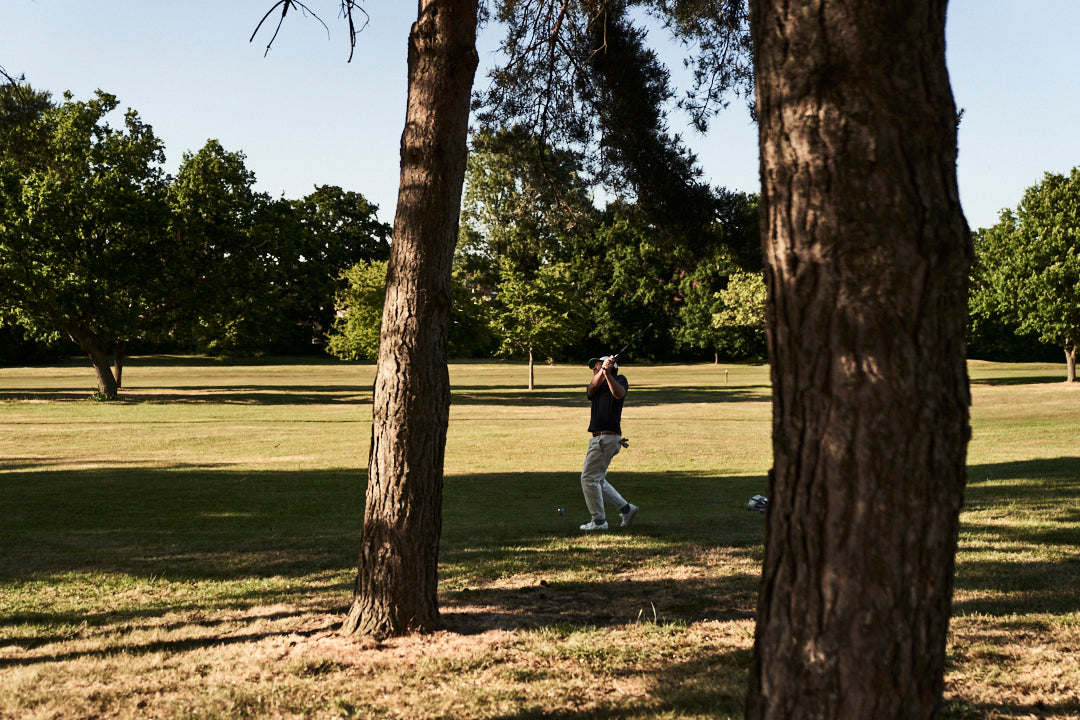Through the fog of winter and the cacophony of bickering, I kicked endless rugby balls for my three young children to chase on the pitches in Richmond Park. The 2,500-acre wilderness, located just a few miles from the centre of London, was familiar from my childhood, and getting reacquainted with its many walks proved to be one of the rare joys of lockdown. I’d just not banked on experiencing that joy every day for months.
Richmond Park was once a royal hunting estate and is home to large herds of deer. From the flat ground in the middle, I cast longing glances eastwards to Roehampton where the terrain rises to the boundary fence and the hulking tower blocks of the Alton Estate, one of the biggest concentrations of council housing in the UK, punctuate the horizon. Through the milky light, thin strips of green throbbed with the memories of the days, weeks, months and years that I spent charting every dip and ripple of their topography.

The tower blocks of Roehampton's Alton Estate loom over the fairways of Richmond Park
Like a demented shepherd, I urged and herded my errant offspring towards the carpark and café near Roehampton Gate. Normally swarming with cyclists, it was once filled with black taxis, which arrived in a fleet at dawn, as soon as the park gates opened. The cabbies would snore against their windows until the Richmond Park pro shop opened, when they’d unpack trolleys and golf bags and place the day’s first footprints on dew-coated fairways.
At one edge of the carpark, an outline of concrete foundations now marks the spot where the pro shop stood, a forgotten square of land that was once the centre of my universe. Golfers of every kind streamed through that single-storey building, its walls and aisles lined with racks of shiny new golf equipment that I dreamed of one day owning.
In the early 1980s, more rounds were played each year on Richmond Park’s two public courses — the Prince’s and the Duke’s — than on any other golf courses in Europe, possibly the world. I contributed my fair share. The £30 my father invested in a junior season ticket was money well spent, giving me as much golf as I could squeeze into any given weekday, which in school holidays was an awful lot.
My regular playing partner and opponent was a kid named Jerome who lived at the end of our street. We’d become fast friends through riding our bikes, making camps and kicking footballs, and once I’d started whacking air-flow golf balls around the garden, Jerome wanted in. It did not take long for our routine to be established: golf bags over shoulders at first light, pedalling through the park for 54-hole days that rarely saw us return before dark.
"In the early 1980s, more rounds were played Richmond Park each year than on any other golf courses in Europe — maybe the world"
The four men in charge of the Richmond Park pro shop were my first golfing heroes. They included a trio of young professionals attired in Farah, Lyle & Scott, Pringle and FootJoy.
Glyn Jenkins, who hailed from Edinburgh, was the oldest of the three, or at least that’s what his receding hairline suggested. His moustache contributed to the quizzical expression he wore, but he was kind, dry-humoured and quickly recognised my boyhood passion for the game.
As a professional golfer, he occupied a god-like station to us. It was just as well Glynn wore this adulation lightly because he administered the single most ignominious defeat of my golfing life, beating me in a chipping and putting contest in which he used only the handle of a hire trolly.
The killing field was the scruffy, two-tier chipping green located next to the old first hole on the Prince’s. When we weren’t out playing or trying to ingratiate ourselves in the pro shop, this was where Jerome and I passed the time, competing with each other in epic chip-offs between fending off occasional skirmishes by small units of bike chain-wielding kids from the Alton Estate.
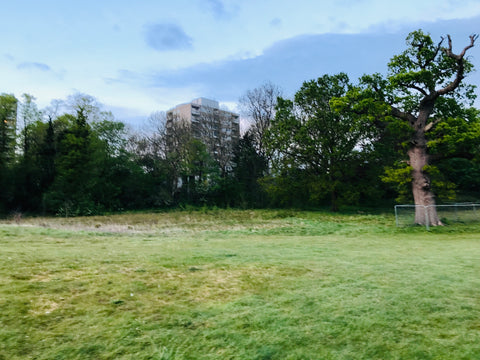
The site of the old chipping green, where the author once lost a chipping contest to an opponent using the handle of a hire trolley
Glyn left Richmond Park after a couple of years to become the head professional at Merchants of Edinburgh, a members’ club in his hometown. He invited me to stay with him in the summer of ’86 and we went to watch the Open at Turnberry and played courses like Gullane and Longniddry. I recently discovered that Glyn went on to become a golfing missionary to Thailand, where he died in 2002 aged just 45.
Billy McCallister was another Scottish pro at Richmond Park in the early 1980s. A Glasgow Rangers fan who hailed from Tobermory on the Isle of Mull, Billy sported blond highlights in his hair and a wispy moustache that was familiar to anyone who collected Panini football stickers at the time. I was in awe of him, if truth be told — his FootJoy Classics, his Hogan blades and his hero worship of the man who designed them.
Ben Hogan could have played at Richmond Park for all I knew but Billy changed that when he challenged me to memorise every Open winner since 1946, the venue and winning score. My prize was a dozen Kasco golf balls; Billy’s was a willing audience for his history lessons about the game and its heroes, Hogan in particular.

The well-trodden fairways of Richmond Park public golf course
As well as the game’s landmark moments, Billy taught me practical skills, too, like how to replace the whipping on woods, juggle a golf ball on the face of a wedge and blow perfect smoke rings. When he was working out the back, he sometimes got me to read him Rangers match reports from his copies of the Daily Record newspaper. Many years later, I learned that Billy lost his life shortly after leaving Richmond Park. He and his fiancée had been passengers on the plane blown up over Lockerbie in 1988.
The third pro was a young man called Hogan Stott, surely the son of a golfing father. Hogan was the quietest and least charismatic of the three but the best golfer by some distance. He channelled the young Paul Way with his flicky fringe and prodigious power. A quick Google search reveals that Hogan came closest to realising his potential, playing a handful of European Tour events in the 1990s.
And then there was Bill Cashman, a rheumy-eyed Irishman who looked like Bernard Cribbins after a heavy night out. Bill had a deformed hand with a single finger and thumb and spoke in an accent so thick that it was hard to make out much of what he said. Before Glyn and Billy took me in and fanned the flames, it was Bill who first made me feel welcome. To me, Bill was the king of Richmond Park.
He manned the till in the pro shop from dawn until dusk and on his rare days off, he might let me join him for a round. At first, I thought he was one of the professionals. He owned a white Ping tour bag in which he kept a full set of Ping Anser irons, a Ping Anser putter and three of the first Ping woods with varnished black heads and red inserts.
Bill’s swing, though highly effective, was not the product of any coaching manual. It was developed in rural Ireland, along with the impressive array of different chip and pitch shots he knew and took it upon himself to teach me. Hold the club so that your first finger is on the metal, he said (at least that’s what I thought he said) and break your wrists early to hit it high and land it soft. Bill’s tips and encouragement were absorbed and repeated endlessly on that scruffy, divot-strewn chipping area.

The two public courses in Richmond Park were designed by JH Taylor and Fred Hawtree
Those two, unremarkable municipal courses were our playground. So basic and old-fashioned and yet utterly charming in so many respects, they were designed by JH Taylor and Fred Hawtree. There was a black and white photo of Taylor on a sign near the café where we used to stuff ourselves with sausage baps. In it, he was standing next to Edward, Prince of Wales.
It was King George V who commissioned Taylor and Hawtree in the years after World War I. He wanted them to design a golf course for artisans to play. Taylor was an obvious choice, having founded the world’s first artisans golf club at Royal North Devon in 1888 before adding five Open Championship titles as one of the ‘Great Triumvirate’.
The Prince’s course opened in 1923, followed by the Duke’s, which was inaugurated two years later by George, Duke of York, later King George VI. Back then, I had no idea who JH Taylor was, but I can’t help but feel that fate played some part in Royal North Devon, the course where he learned the game as a child, becoming my golfing home.
The Duke’s was probably the more challenging of the two courses at Richmond Park but it was flat, repetitive in places and got very wet in winter. We preferred the Prince’s, with its changes in elevation, thrilling downhill tee shots tees and its exciting back nine. The risk of having your golf ball stolen on the first three holes, which ran along the high ground bordering the estate, was worth taking because the Prince’s was more fun, more exciting.
"Everywhere I looked, there were images and echoes from the past."
After looking at it longingly for so many months, I recently went back to play at Richmond Park for the first time in more than 25 years. The golf now begins on the opposite side of the land, with a modern clubhouse and driving range accessed from the A3 dual carriageway rather than the park itself. The two courses have been reconfigured, with the new layouts blending stretches from the Duke’s and Princes’s and including some holes that have been changed altogether.
From the modern, water-fronted clubhouse — there was never a clubhouse in the old days, just a pro shop and a cafe — the golf courses looked smaller but more cared for. I was pleasantly reassured to see there was no change to the numbers and variety of people playing on them, or the very reasonable prices they were charged for the privilege.
What I found most extraordinary, though, was the potency of the muscle memory forged here as a boy. Hitting the shots, even the chip shots, felt like second nature. The texture of the grass on the fairways, the subtle breaks on those small, slow greens, the way the trees framed certain shots — it was all deeply ingrained in my golfing psyche.
Everywhere I looked, there were echoes and images from the past: certain shots on certain holes on certain days, including Jerome’s thinned 4-wood off a sun-baked lie that killed a large seagull strutting across the old 4th hole on the Prince’s. On another occasion, we were at the far end of the course (where the new clubhouse now stands) on a sultry summer’s afternoon when the skies darkened and a lightning strike caused everyone’s hair to stand to attention. And then there was the time I snapped my collar bone on the approach to the 17th green on the Duke’s.
Walking towards that green, now part of the new Prince’s layout, I told my playing partner how one of the perks of being a pro shop rat at Richmond Park was being sent out at the end of the day in an electric buggy with an airhorn to let golfers know the park gates were about to be locked. On the evening in question all the buggies were out, so I was given a small, fat-wheeled motorbike to ride instead, with no helmet.
I was 13 or 14 and had never ridden a motorbike before. After 25 minutes of zooming up and down fairways, however, I felt confident enough to accelerate into the back straight to the pro shop. What I’d overlooked was the fact the fairway on the par-4 17th undulates like perfect sets of small waves, which rear up 300 yards out and continue all the way to the green.

The 'waves' of the 17th fairway, scene of the teenage author's motorbike accident
As the bike went over these waves at pace it started to buck, which is when I made the next cardinal error: pulling back on the throttle rather than releasing it. Careering towards the green, bouncing around like a hapless rodeo cowboy on the world’s smallest but angriest bull, I was finally catapulted out of the seat, through the air and towards two golfers waiting to putt out.
The next thing I remember is waking up on the fringe of the green to see my father’s face, with Bill’s close behind it, looking down at me. And straight after that, the excruciating pain in my shoulder.
As the sun began to set, I thought again of Bill and my eyes fixed on a wooden bench behind the next tee. It had a prominent metal plaque on the top slat. I walked towards it until I was close enough to make out the inscription: ‘In loving memory of William Cashman – 1911-1988’.

The Bill Cashman plaque behind the old closing hole on the Duke's course
I tapped the plaque, sat down and said a quiet thank you to Bill. The next is brutish 240-yard par three, formerly the closing hole on the Duke’s. As always, I was well short of the green with my tee shot before the conviction of youth materialised quite suddenly in a deft, cut-up wedge over the shoulder of the greenside bunker, right index finger on the metal of the metal of the shaft.
Bill’s voice was in my ears. I couldn’t be sure what he said (I never could), but it all seemed to make perfect sense.
Read more
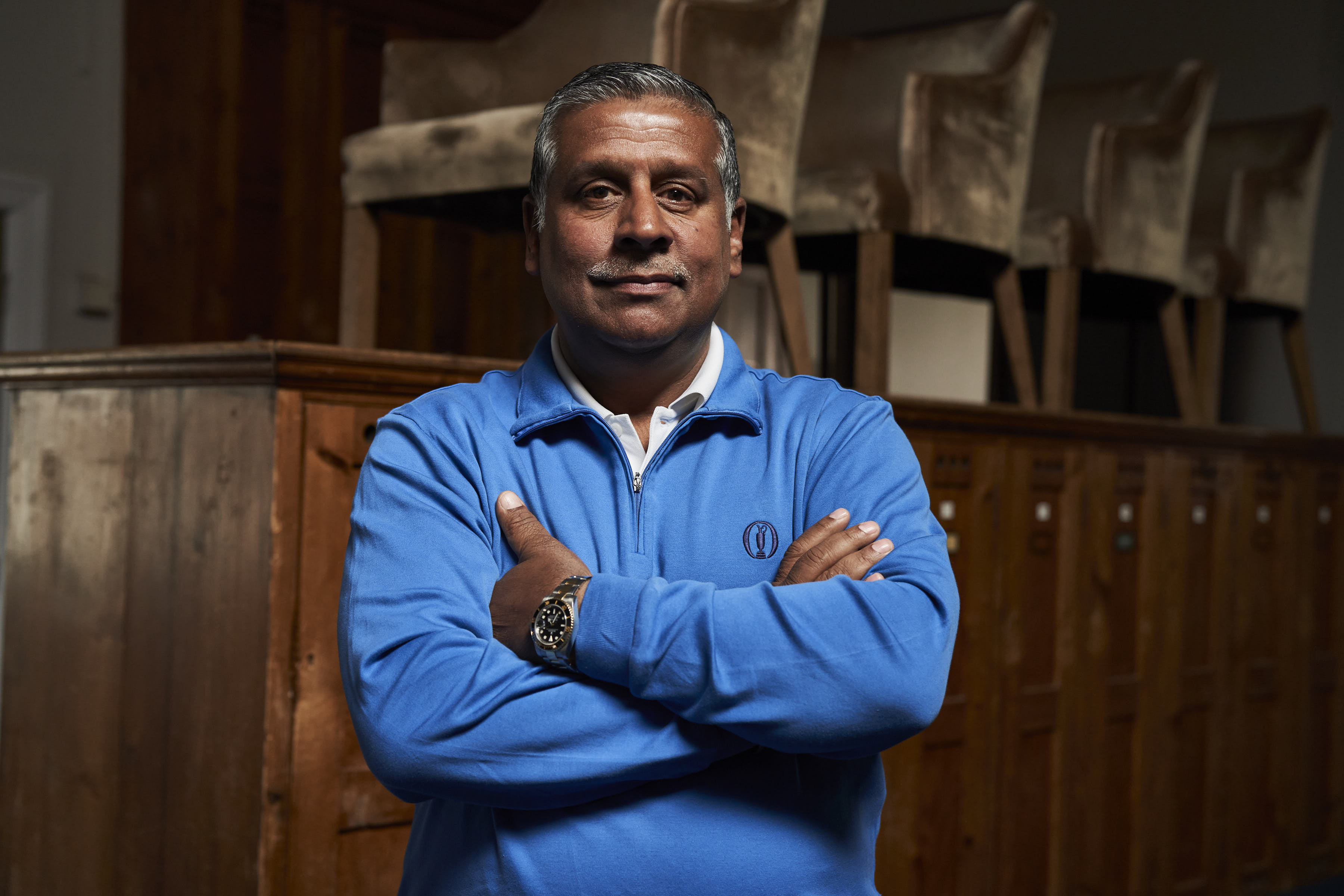
As a successful businessman and pillar of the community, Jas Athwal is exactly the kind of man who gets elected captain of his golf club. But 20 years later, he still feels like an outsider becaus...
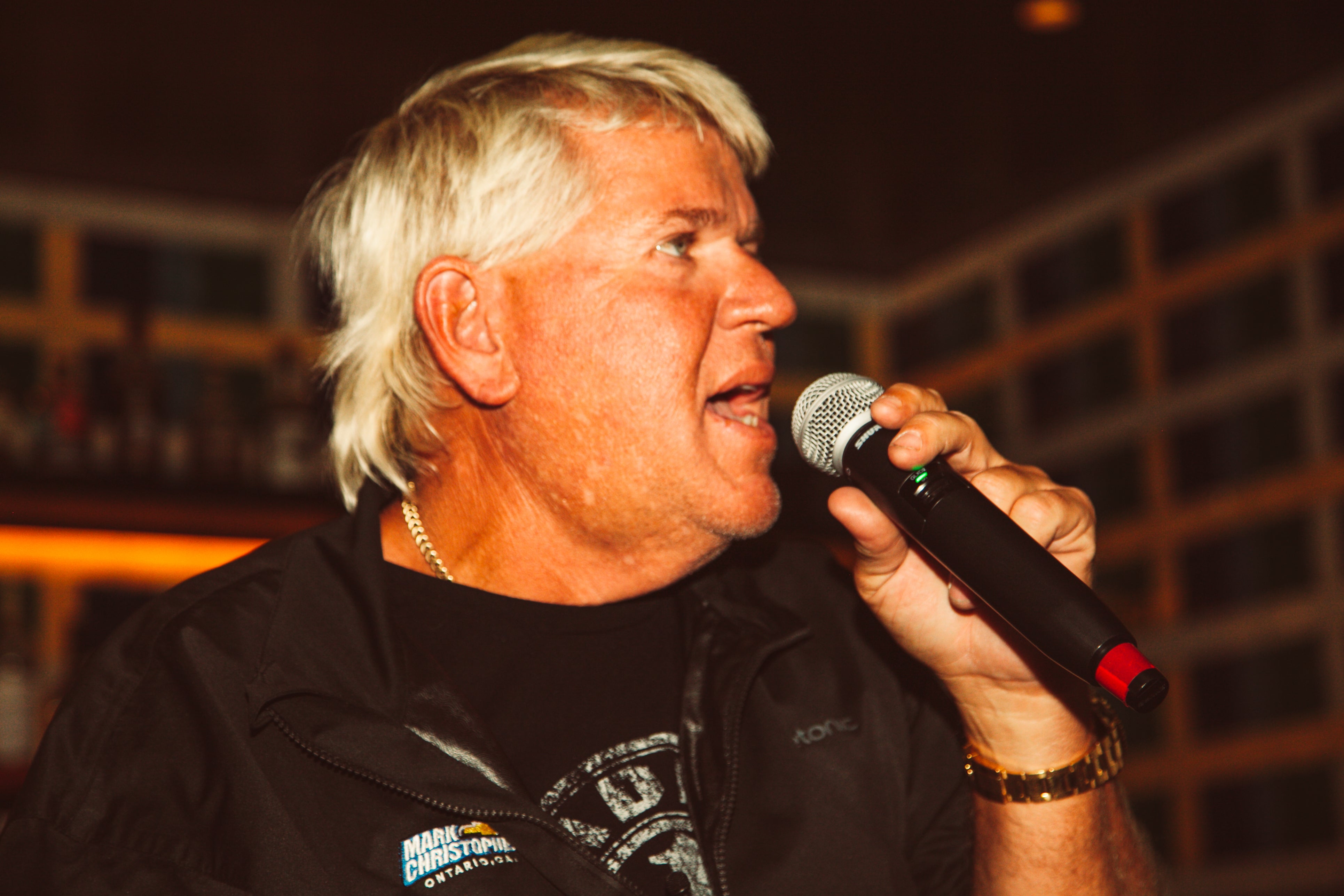
In the days leading up to the Open Championship at Royal Portrush, the Wild Thing took part in a special Q&A at Urban Golf in London, in which he discussed his childhood, his majors, the Ryder ...


